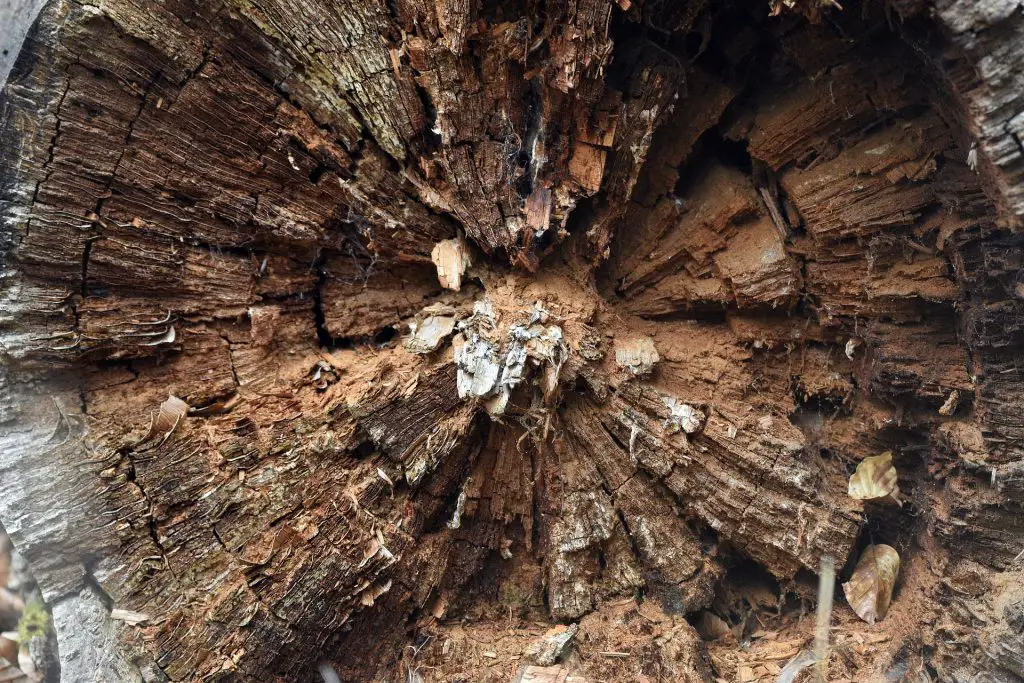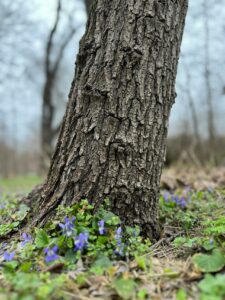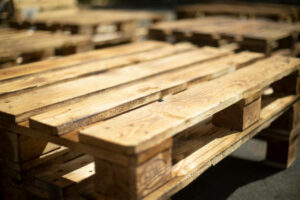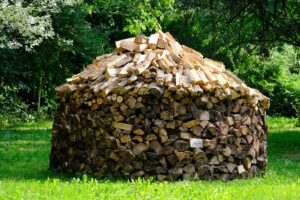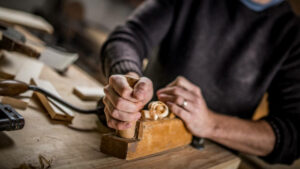If you’re like most people, you probably have a few pieces of wood furniture in your home. Wood is a popular choice for furniture because it looks nice and it’s durable however, wood rot is a common problem. Wooden fences, decks, and outdoor furniture can last for years with the proper care. Unfortunately, many homeowners do not realize how to properly protect their wood from rotting.
In this blog post, we will discuss the different ways to keep your wood looking new and prevent it from decaying. We’ll also provide some tips and tricks to help you maintain your wood furniture in tip-top shape.
Concept
The first thing you should know about wood is that it’s a natural material. As such, there are several different types of wood available to you. Some of the more common woods include cedar, fir, pine, redwood, and oak. In addition to these popular choices, there are also some less common varieties like teak and cypress.
Wood is an attractive material that can be used for many different purposes around the home. The type of wood you choose will depend on several factors including your budget, personal preference, and the climate where you live. It’s also durable and resistant to rot if it’s properly cared for.
What Causes Wood Rot?
Wood is a natural material, so it’s susceptible to rot and decay over time. Rotting can occur due to exposure to moisture or other environmental factors such as mold and mildew. This process occurs slowly but steadily if left unchecked for long periods. The most common cause of wood rot is water damage from rainwater intrusion into the wood.
Types of Wood Rot
There are three main types of wood rot: dry, wet, and white.
Dry Wood Rot
Dry rot is caused by fungus in damp conditions with no air circulation and can eventually lead to structural failure if left untreated for too long. The fungus eats away at the cellulose and lignin in the wood, which weakens it over time.
Wet Wood Rot
Wet rot is caused by a type of bacteria that thrives in moist environments. Wet rot happens when there’s enough moisture that mold begins growing on the surface or inside of the wood. The mold eats away at the fibers in the wood and breaks them down into smaller pieces, which makes it easier for water to penetrate through cracks. This type of rot is typically caused by exposure to moisture from rainwater intrusion into your home’s foundation or basement walls (or other sources like leaky pipes).
White Wood Rot
White rot occurs when there’s insufficient oxygen for fungus to thrive and can cause discoloration as well as structural damage over time if left unchecked. White rot is caused by a type of bacteria that thrives in very wet conditions with no air circulation. The bacteria eat away at the cellulose and lignin in the wood, which weakens it over time and makes it easier for water to penetrate through cracks or holes.
Can I Treat or Repair Rotted Wood?
Yes, you can! It’s not only possible to repair wood rot but also prevent it from ever happening again by taking some precautions.
The first step is detecting the problem early before any serious damage has occurred so that you can address it quickly and effectively without having to replace your entire structure or foundation wall system (which is much more costly and time-consuming).
NOTE: Here are some ways to detect wood rot:
- Look for discoloration of wood surfaces or signs such as cracks in a paint coating, peeling wallpaper, bubbling ceilings; all these indicate moisture has entered into the fibers of your home’s structure. If you notice any changes like this it means that water has penetrated into the wood and is causing damage from within. If left unchecked, this will eventually lead to extensive rot over time
How To Treat Wood Rot
There are many different ways you can treat wood rot, depending on what type of problem it is and how severe the damage is.
- If you’re dealing with dry rot, you can treat it by removing the affected area and replacing it with new wood that has been treated with a water-repelling sealant. You can also use a fungicide to kill the fungus and prevent it from spreading.
- If you’re dealing with wet rot, you can treat it by removing the affected area and replacing it with new wood that has been treated with a water-repelling sealant. You can also use a disinfectant to kill the bacteria and prevent them from spreading.
- If you’re dealing with white rot, you can treat it by removing the affected area and replacing it with new wood that has been treated with a water-repelling sealant. You can also use bleach to kill the bacteria and prevent them from spreading.
Wood Rot Prevention
Now that you know what causes wood rot, it’s important to understand how to prevent it. There are several things you can do to help keep your wood looking new and avoid decay:
- Store your firewood in a dry location away from the house.
- Make sure your roof is properly sealed and flashed to prevent water from seeping into your attic space.
- Keep gutters cleaned out so they don’t clog with leaves and debris, which can lead to moisture buildup around the foundation of your home.
- Paint any exposed wood surfaces that are susceptible to rot such as decks or porches with an exterior paint containing mildewcide (or use a sealant).
- Inspect your home’s foundation and basement walls for any signs of water damage and repair as needed.
- Install a moisture barrier (such as plastic sheeting) on the inside of your foundation or basement walls to help keep moisture out.
- Make sure there is proper ventilation in your attic, crawlspace, and basement so that air can circulate freely and moisture doesn’t build up around these areas.
- Use a dehumidifier in your basement to keep humidity levels at 50% or less during the summer months when it’s hot outside.
- Seal any cracks or gaps around doors and windows with caulk, weatherstripping tape (for sliding windows), or insulated foam sealant (for stationary windows).
- If you live in an area where there are trees near your house, make sure they do not touch the ground at all times so that water does not pool around their roots and seep into your home’s foundation.
Where Is My Home at Risk?
Now that you know how to prevent wood rot, it’s important to be aware of the areas in your home that are most at risk.
The areas of your home that are most susceptible to wood rot include:
- Foundations and basement walls
- Deck posts or beams
- Roofing underlayment and fascia boards
- Window and door trim
- Porches and stair railings
If you have an older home, it’s especially important to be vigilant about checking these areas for any signs of damage or decay. Prevention is always easier and less expensive than repair work!
How Should I Look for Wood Rot?
Now that you know what wood rot is and where to look for it, here’s a step-by-step guide on how to inspect your home for signs of damage or decay.
- Inspect the foundation and basement walls of your home by looking at any cracks in the concrete that might be an entry point for water (if there is water damage, it will often be visible near these areas).
- Check the eaves, gables, and rooflines of your home for any signs of water damage.
- Inspect all of your windows and doors for peeling paint, warped frames, or softwood around the trim.
- Look at the posts and beams on your deck or porch for signs of water damage or decay.
Conclusion
Wood rot is a serious problem that can be expensive to fix. The best way to avoid wood rot in your home is by making sure it doesn’t get too wet (or dry out completely), which will prevent the growth of mold and mildew as well as any rotting caused by water damage over time.
